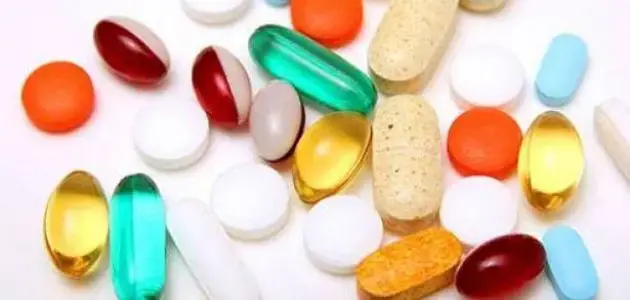Common Sources of Sodium
Sodium shows up naturally in some foods, but it’s also added during processing, cooking, or even right at the table. Here's a quick breakdown of where it’s commonly found:
Natural Sources
Some foods naturally contain sodium, like veggies, dairy, meat, and shellfish. But heads up—some dairy products, like cottage cheese, butter, and processed cheeses (like American and cheddar), can be super salty. For example, just one ounce of processed cheese can have up to 400 mg of sodium. If you're watching your blood pressure, options like goat cheese, ricotta, or fresh mozzarella are better choices—fresh mozzarella has around 175 mg of sodium per ounce.
Table Salt
Just one teaspoon of table salt packs a whopping 2,325 mg of sodium, which is about 97% of the recommended daily limit.
Pickles
Pickles are tasty, but they’re also high in sodium. A 4-inch-long dill pickle can contain over 1,000 mg of sodium! Even one small slice can have around 60 mg.
Processed & Canned Meats
Deli meats like lunch meats, canned chicken or tuna, and hot dogs often come loaded with sodium thanks to added salt, preservatives, and flavor enhancers. For a lower-sodium option, prep fresh meat at home or look for low-sodium versions.
Vegetable Juices
Even “healthy” canned veggie juices can sneak in a lot of salt. A single 8-ounce can of tomato juice, for example, may contain around 700 mg of sodium. Making it fresh at home is a better bet—one tomato only has about 11 mg of sodium.
Breakfast Cereals
A cup of cornflakes can have over 200 mg of sodium, and some pancake or biscuit mixes might have 800 mg or more per serving. Try making them from scratch with low-sodium baking powder and baking soda.
Condiments
Salad dressings, dipping sauces, and other condiments often carry a surprising amount of salt. One tablespoon of ketchup has about 154 mg of sodium, while soy sauce can hit 1,000 mg in the same amount. Go for low-sodium versions and use sparingly.
A Quick Look at Sodium
Sodium is essential for all living things. Your body contains about 100 grams of it and loses some daily, so it needs to be replenished regularly. It helps with nerve signaling and balancing fluids. Most of the sodium people consume—about 90%—comes from salt.
Even though your body only needs a small amount, eating too much can raise blood pressure, which increases the risk of heart disease and stroke.
Recommended Daily Sodium Intake
| Age Group | Recommended Daily Sodium (grams) |
|---|---|
| 0–6 months | 0.12 |
| 6–12 months | 0.37 |
| 1–3 years | 1.0 |
| 4–8 years | 1.2 |
| 9–50 years | 1.5 |
| 51–70 years | 1.3 |
| 70+ years | 1.2 |
| Pregnant/Breastfeeding | 1.5 |
How to Cut Down on Sodium
Cutting back on salt can be tricky if you're used to salty foods, but your taste buds will adjust over time. Here are a few tips:
- Use flavor boosters like lemon juice, ginger, curry, or herbs (fresh or dried) such as bay leaves, rosemary, and basil.
- Try using onions, garlic, or dry mustard for extra flavor without the salt.
- Consider salt substitutes, but talk to your doctor before using them—especially if you have health conditions.
- Choose fresh fruits, vegetables, and meats that haven’t been treated with salty solutions—they’re naturally low in sodium.
- When shopping, compare food labels and pick products labeled “low sodium” or “no salt added.”
Leave a comment
Your email address will not be published. Required fields are marked *




